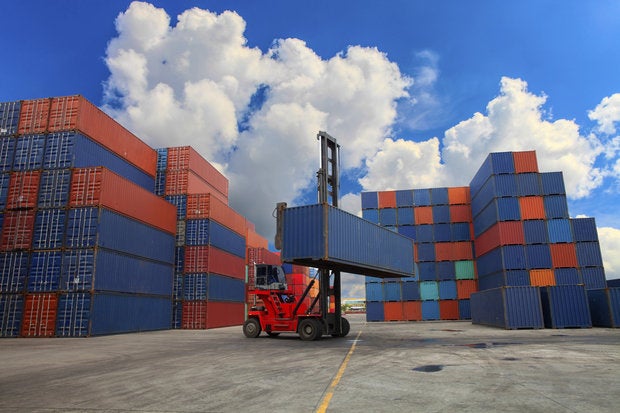What to look for (and look out for) in container registries
There has been a lot of movement in the world of container registries lately. And, with companies increasingly betting their businesses on container builds in their CI/CD pipelines, the stakes for container registries have never been higher. When CI/CD goes down, development grinds to a halt. That means we need to build resilience into our CI/CD systems, and the registry server is a key component for doing so.A registry server is essentially a fancy file server that is used to store container images for Kubernetes, devops, and container-based application development. Developers can store and share container images by uploading to (pushing) and downloading from (pulling) a registry server. When a container image is pulled to a new system, the original application contained within it can be run on that system, as well.To read this article in full, please click here

There has been a lot of movement in the world of container registries lately. And, with companies increasingly betting their businesses on container builds in their CI/CD pipelines, the stakes for container registries have never been higher. When CI/CD goes down, development grinds to a halt. That means we need to build resilience into our CI/CD systems, and the registry server is a key component for doing so.
A registry server is essentially a fancy file server that is used to store container images for Kubernetes, devops, and container-based application development. Developers can store and share container images by uploading to (pushing) and downloading from (pulling) a registry server. When a container image is pulled to a new system, the original application contained within it can be run on that system, as well.





































